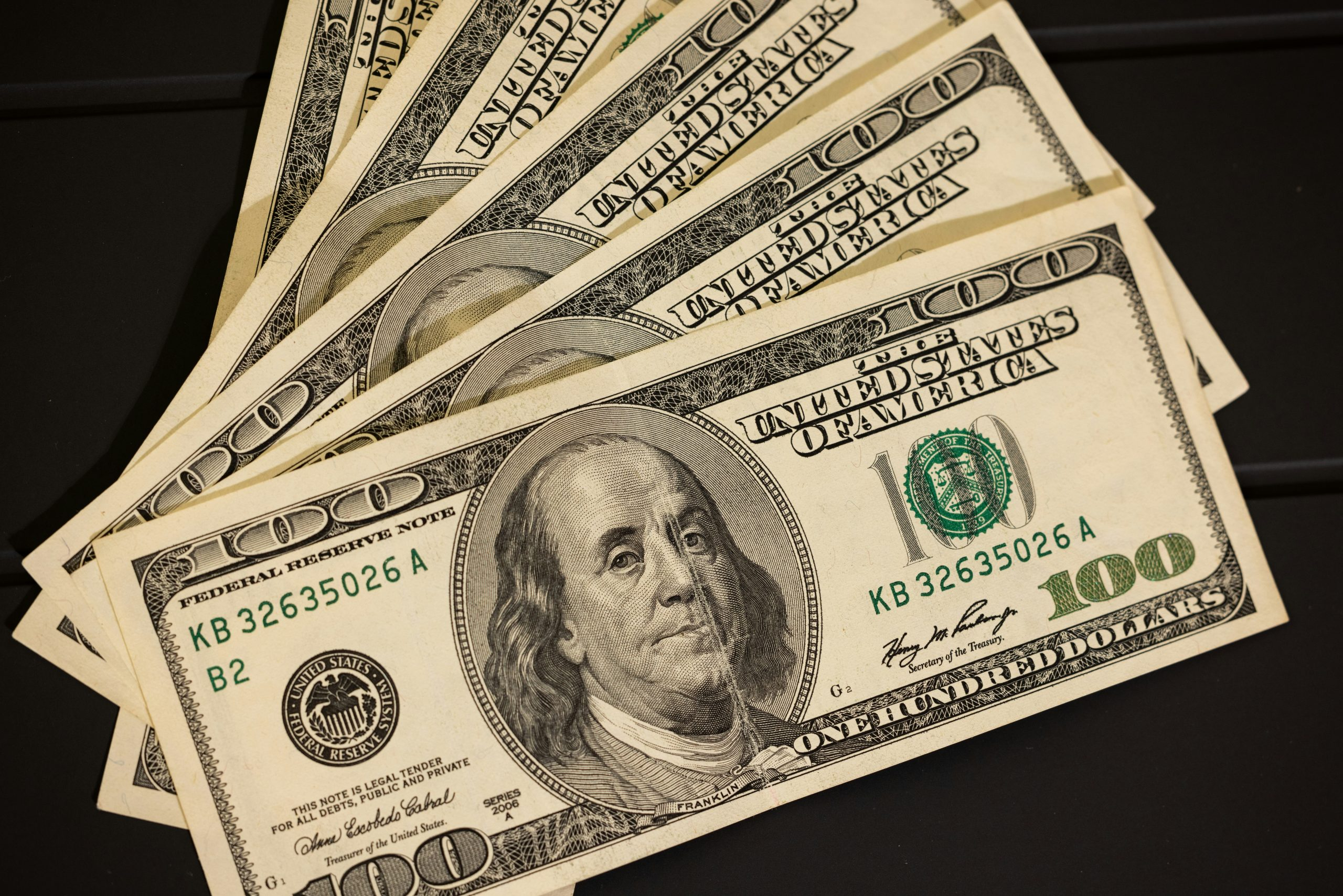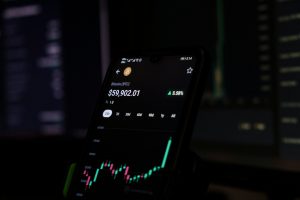The BRICS Currency Experiment: Threat or Opportunity for the Dollar?
The world economy has been shifting rapidly in recent years, as emerging markets have become major players in global trade and finance. One major development in this shift is the creation of the BRICS economic bloc, which consists of Brazil, Russia, India, China, and South Africa. These countries represent some of the largest and most dynamic economies in the world, and they have joined forces to create a new international financial architecture. One of the most significant aspects of this collaboration is the BRICS currency experiment, which aims to challenge the dominance of the US dollar in international transactions. In this article, we will explore the potential impact of the BRICS currency experiment on the dollar and its role as the world’s reserve currency.
The BRICS Currency Experiment
The BRICS currency experiment was first proposed in 2013 by the leaders of the member countries. The main goal of this experiment is to reduce the dependence of emerging markets on the US dollar and promote greater financial stability in the face of global economic challenges. The BRICS countries have a combined population of over 3 billion people and account for nearly a quarter of global GDP, making them a significant force in the international economic landscape.
The first step in the BRICS currency experiment was the establishment of the New Development Bank in 2015, also known as the BRICS Bank. This multilateral development bank provides loans to member countries for infrastructure and sustainable development projects, reducing their reliance on traditional international lenders like the World Bank and IMF. The next phase of the experiment is the creation of a common currency within the bloc, which would facilitate trade and investment among member countries and reduce the impact of currency fluctuations.
Threat or Opportunity for the Dollar?
As the BRICS currency experiment gains momentum, the US dollar’s reign as the world’s reserve currency could be under threat. Currently, the dollar dominates global trade and finance, with around 40% of international transactions being denominated in dollars. This has given the US significant economic and political power, as well as the ability to borrow at lower interest rates due to the high demand for dollars. However, the rise of the BRICS bloc could challenge this dominance.
One of the main advantages the BRICS currency experiment offers is the diversification of currency reserves. As more countries shift away from the dollar, the demand for it will decrease, potentially leading to a devaluation of the currency. This would then have a ripple effect on the US economy, as trade and investment activities would become more expensive, leading to higher inflation and interest rates. In addition, the shift towards a common BRICS currency could challenge the dollar’s role as a unit of account, further weakening its dominance in the global economy.
On the other hand, the BRICS currency experiment also presents an opportunity for the dollar to strengthen its position. As the US remains the largest and most advanced economy in the world, it can continue to attract foreign investment and maintain its role as a safe-haven currency during times of economic turmoil. Furthermore, the dollar’s status as the preferred currency for commodities such as oil and gold provides another layer of support for its global dominance.
The Future of the Dollar and International Finance
The BRICS currency experiment is still in its early stages, and it is difficult to predict its long-term impact on the US dollar. However, the rise of emerging markets and the challenges facing the global economy have highlighted the need for an alternative to the current international financial system, which is heavily reliant on the dollar. As the BRICS bloc continues to grow and develop, it is likely that the experiment will gain more traction and potentially pose a threat to the dollar’s dominance.
At the same time, it is also essential to note that the BRICS currency experiment is not solely aimed at replacing the dollar but creating a more stable and diversified global financial system. As such, it is possible that the dollar and a common BRICS currency could coexist in the future, playing different roles in the international economy. Ultimately, it is too soon to say whether the BRICS currency experiment will be a threat or an opportunity for the dollar, but it is undoubtedly a significant development that warrants close attention from the world’s economic powers.
In Conclusion
The BRICS currency experiment is a bold initiative that could potentially shake up the global economic order. As the US dollar continues to face challenges both domestically and internationally, the rise of the BRICS bloc could pose a threat to its dominance. However, it is also important to consider the opportunities that may arise from this experiment and the potential for a more stable and inclusive international financial system. Only time will tell how this experiment will unfold, but one thing is for sure – the world economy is evolving, and the BRICS bloc is playing a significant role in shaping its future.











